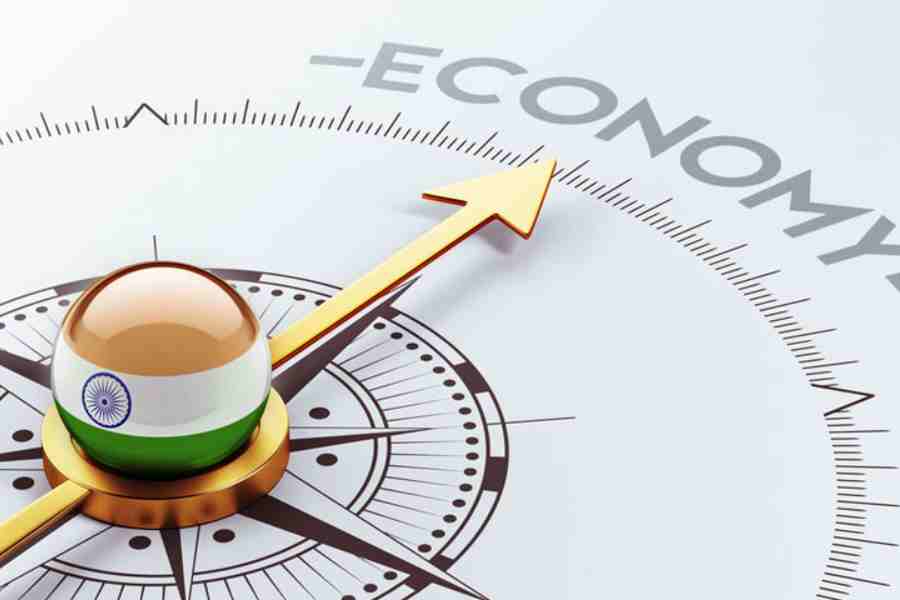The Indian economy is estimated to grow 7.3 per cent in 2023-24, aided by state spending and a pick-up in manufacturing, the first advanced estimates released by the National Statistics Office (NSO) said.
The estimate surpasses the Reserve Bank of India’s recent revision of growth to 7 per cent from an earlier estimate of 6.5 per cent. India’s economy grew 7.2 per cent in 2022-23 and 8.7 per cent in 2021-22.
The advanced estimate arrives ahead of the interim budget of 2024-25, which is due to be tabled on February 1.
The finance ministry will rely on this projection to craft various targets for the next fiscal, including fiscal deficit targets and tax collection growth.
Aditi Nayar, chief economist, Icra said: “The growth assumed for the second half of the fiscal is quite high, given the tepid outlook for agriculture amidst the weak kharif output and ongoing lag in rabi sowing as well as the feared temporary slowdown in capex ahead of the general elections.”
She said the government’s capital expenditure declined 8.8 per cent in October-November 2023 after rising 43.1 per cent in the first half.
“Consequently, we believe that the agri and construction GVA growth for the second half is likely to print lower than estimated by the NSO. Besides, we also believe the growth estimated for the services sector for the second half is on the higher side.”
The finance ministry’s initial assumption for 2023-24’s nominal GDP growth was 10.5 per cent. However, the statistics ministry’s early projection suggests a potential 8.9 per cent growth for India’s GDP in nominal terms this fiscal year.
Nominal GDP or GDP at current prices is estimated at Rs 296.58 lakh crore against the provisional estimate for 2022-23 of Rs 272.41 lakh crore, an increase of 8.9 per cent.
Madan Sabnavis, chief economist, Bank of Baroda, said the nominal GDP growth is lower than the projection in the last budget of 10.5 per cent. “This will push up the fiscal deficit ratio to 6 per cent under ceteris paribus conditions.”
“The nominal GDP growth at 8.9 per cent sharply lower than the 16.1 per cent seen in 2022-23, with the deceleration largely on account of the turnaround in WPI (wholesale price index) print to deflation from inflation in the previous year.
“Based on the nominal GDP for 2023-24 estimated by the NSO, the governent’s absolute budgeted fiscal deficit of Rs 17.9 trillion works out to 6 per cent of GDP, a tad higher than the budget of 5.9 per cent of GDP,” Nayar added.
As per the first advance estimates of national income, the manufacturing sector output is estimated to grow to 6.5 per cent in the current fiscal compared with 1.3 per cent in 2022-23.
Rajani Sinha, chief economist, CareEdge said: “The concerning aspect in the GDP data is the weak consumption growth at 4.4 per cent. This would be the slowest consumption growth in the past two decades barring the pandemic year of 2020-21.”
Investment has grown a strong 10.3 per cent led by strong capex by the Centre and the state governments. “However, for the investment growth to be sustained it is very important for the consumption growth to be bolstered.”










